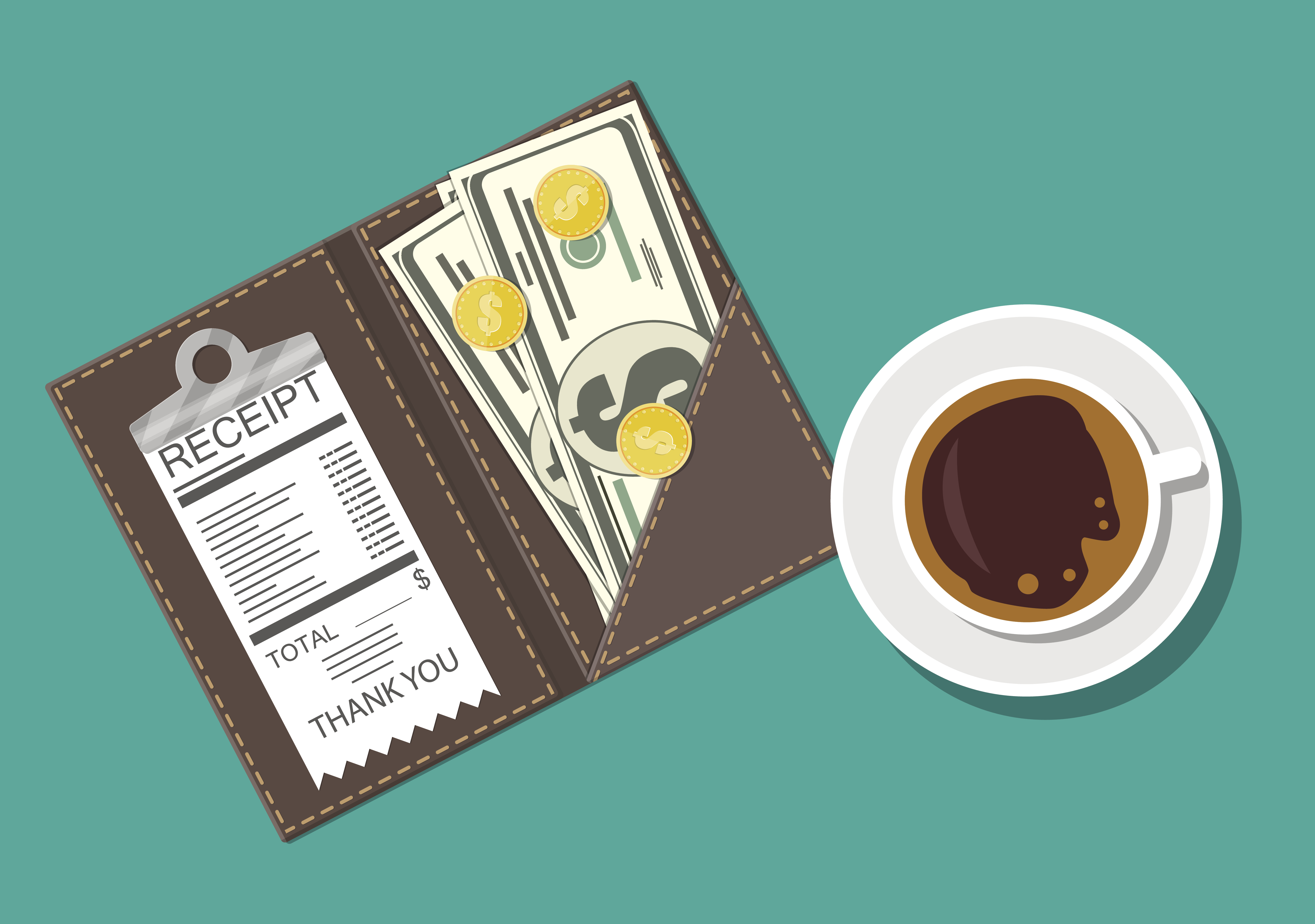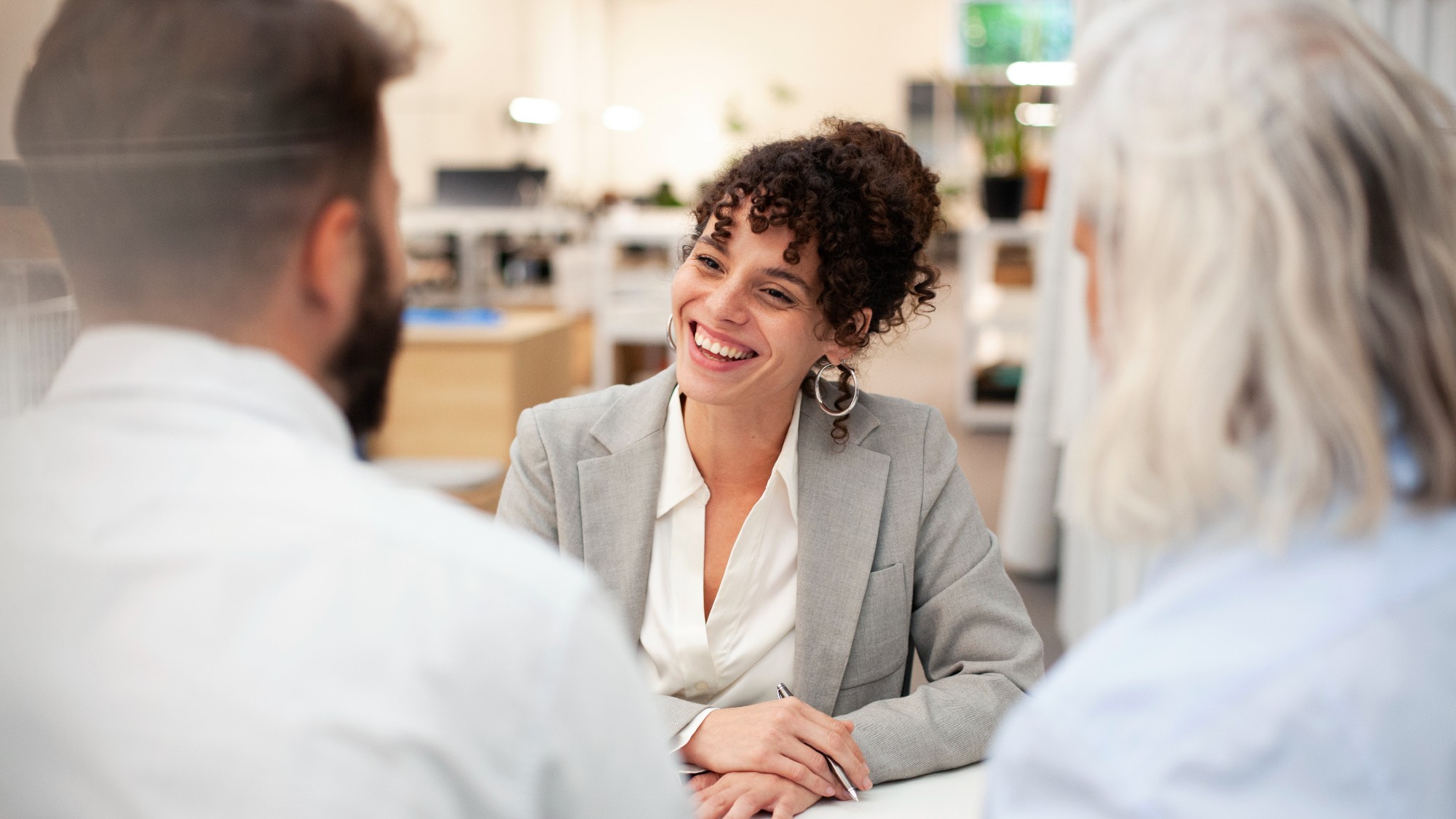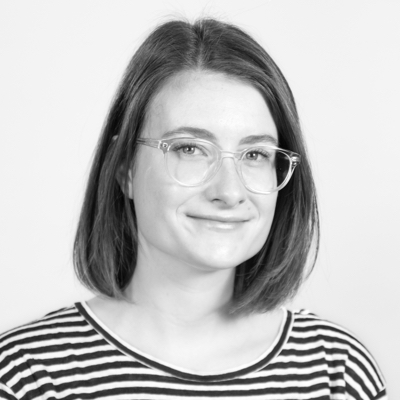The money saver's guide to tipping
How to show your appreciation without completely emptying your wallet


If recently you've felt more confused than ever about how much to tip, you're not alone. The increased prevalence of iPad screens with default tipping amounts, plus the emphasis on generous tipping that arose during the pandemic, has led to the rise of "tip creep." Suddenly, you might be tipping in scenarios where previously you wouldn't have tipped at all, or leaving a full 20% tip where otherwise you might have left spare change from the transaction.
You don't want to be stingy, but you also have your own budgetary concerns to take into consideration. When should you be tipping, and how much should you leave?
When do you need to tip?
Tipping is "vital for some fields," Bankrate said. Due to the expectation that people will tip, boosting workers' earnings, those workers "legally only need to make $2.13 an hour in the U.S."
The Week
Escape your echo chamber. Get the facts behind the news, plus analysis from multiple perspectives.

Sign up for The Week's Free Newsletters
From our morning news briefing to a weekly Good News Newsletter, get the best of The Week delivered directly to your inbox.
From our morning news briefing to a weekly Good News Newsletter, get the best of The Week delivered directly to your inbox.
"Any time a service is performed, a gratuity is required," etiquette expert Lisa Mirza Grotts told U.S. News & World Report. This includes situations like "like sit-down restaurant meals, haircuts and taxis/rideshares," per Bankrate, even if the service isn't up to par. After all, "some aspects of service may be out of a worker's hands," U.S. News & World Report noted. But if the service is especially good, you might consider tipping more.
So it may be better to ask when you don't need to tip. If a gratuity is already included in your bill, you don't have to leave more. Plus, any professional "who receives a salary or is employed in a well-paid occupation does not need to be tipped," said U.S. News & World Report. Some examples include accountants, financial advisors, mechanics, or medical professionals.
There are some exchanges where tipping simply isn't the norm, such as at a fast food restaurant or for a quick cup of coffee. "I never want to discourage a tip, but if you have a six-second exchange — you ask for a cup of coffee, they turn around, pour it from the spout, and hand it to you — that is discretionary," Diane Gottsman, founder of The Protocol School in Texas, told CNBC Make It.
How much should you be tipping?
Part of what makes tipping tricky is the etiquette can vary depending on the scenario. Here are some general guidelines:
A free daily email with the biggest news stories of the day – and the best features from TheWeek.com
- At restaurants: When it comes to a sit-down meal at a restaurant, you should tip 15% to 20% of the pretax bill, said Bankrate. "Even if the service is poor, it's recommended you leave at least 10%."
- At coffee shops: There's "no obligation" to leave a tip for your barista, said U.S. News & World Report, though "if you are a regular customer or have a special order, leaving some money would be appreciated." This same rule of thumb applies in "other situations in which a tipping jar might be set out, such as at an ice cream stand, sandwich shop, or bakery."
- At bars: The expectation at bars is "to tip $1 per drink like beer or wine, and $2 per cocktail, which takes more work to make," said Bankrate. If it's an open bar, plan on tipping at least a dollar for every drink you order (or, if you know in advance you'll be ordering multiple drinks, leave a bigger tip initially rather than a small one every time).
- For food delivery: If you're ordering food delivery, you should "absolutely tip," said Ramse. Aim for 10% to 20%. But if you're doing the pickup yourself with takeout, it would simply be "a nice gesture to leave the workers a little something-something," especially if you placed a big order.
- At salons or spas: For hairdressers, nail technicians, and spa workers, a 15% to 20% tip is recommended, said U.S. News & World Report. You might think about "tipping more for exceptional service."
- For rideshares or taxis: Guidance on how much to tip when you take a taxi or hail a ride-sharing service like Uber or Lyft varies a bit depending on the source, but it's generally suggested to tip anywhere from 10% to 20% of the fare.
How can you regain control over how much you're tipping?
Workers certainly appreciate a tip, it's a nice way to show your thanks for solid service, but it's important not to feel forced to tip just because you were prompted by a computer screen. "Anyone feeling frustrated or financially stretched by tipping pressure should set their own standard and get comfortable with awkward interactions," Elaine Swann, an etiquette coach, told The Wall Street Journal. "'Know that etiquette dictates that you do not have to leave a tip just because you are asked to," Swann said.
Another way to avoid over-tipping is to use cash. Consider "carrying cash in small bills," so you're still able to tip, but "give yourself a limit you're comfortable with and be able to hit the 'no tip' button without feeling rude," Gottsman told CNBC Make It.
And of course, sometimes it's a good thing to let your generosity take over. "If you experienced great service from this person, if there's a connection between [you and] them, they're smiling, they're friendly, and you feel the urge to tip, by all means do so," Gottsman told CNBC Make It.
Becca Stanek has worked as an editor and writer in the personal finance space since 2017. She has previously served as the managing editor for investing and savings content at LendingTree, an editor at SmartAsset and a staff writer for The Week.
Becca Stanek has worked as an editor and writer in the personal finance space since 2017. She previously served as a deputy editor and later a managing editor overseeing investing and savings content at LendingTree and as an editor at the financial startup SmartAsset, where she focused on retirement- and financial-adviser-related content. Before that, Becca was a staff writer at The Week, primarily contributing to Speed Reads.
-
 How your household budget could look in 2026
How your household budget could look in 2026The Explainer The government is trying to balance the nation’s books but energy bills and the cost of food could impact your finances
-
 What is a bubble? Understanding the financial term.
What is a bubble? Understanding the financial term.the explainer An AI bubble burst could be looming
-
 The FIRE movement catches on as people want to retire early
The FIRE movement catches on as people want to retire earlyIn the spotlight Many are taking steps to leave the workforce sooner than usual
-
 Who wants to be a millionaire? The dark side of lottery wins
Who wants to be a millionaire? The dark side of lottery winsIn The Spotlight Is hitting the jackpot a dream come true or actually a nightmare?
-
 How can you find a financial adviser you trust?
How can you find a financial adviser you trust?the explainer Four ways to detect professionals who will act in your best interest
-
 What should you consider when choosing a financial adviser?
What should you consider when choosing a financial adviser?The Explainer The right person can be a big help with financial planning, investing, taxes and more
-
 What Biden's IRA means for EV tax credits: 2024 updates
What Biden's IRA means for EV tax credits: 2024 updatesThe Explainer Which cars are eligible and how much money can owners save?
-
 How to ensure you don't outlive your retirement savings
How to ensure you don't outlive your retirement savingsThe Explainer Your golden years should be enjoyed. Don't let finances get in the way.



